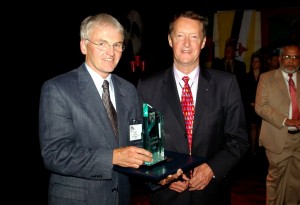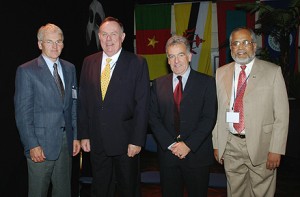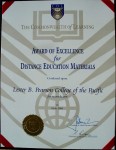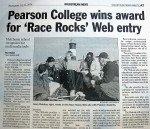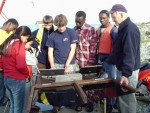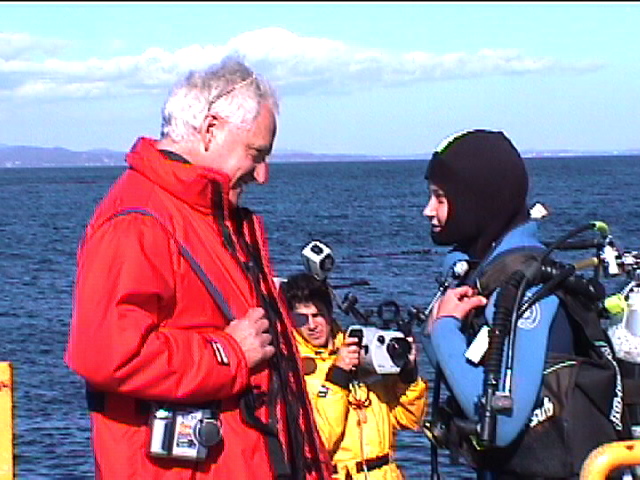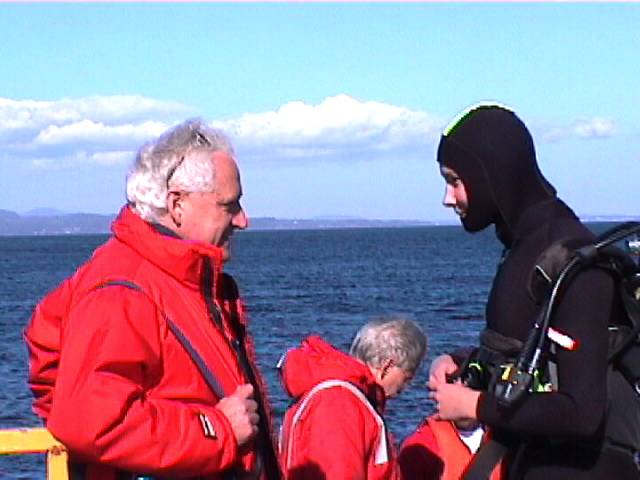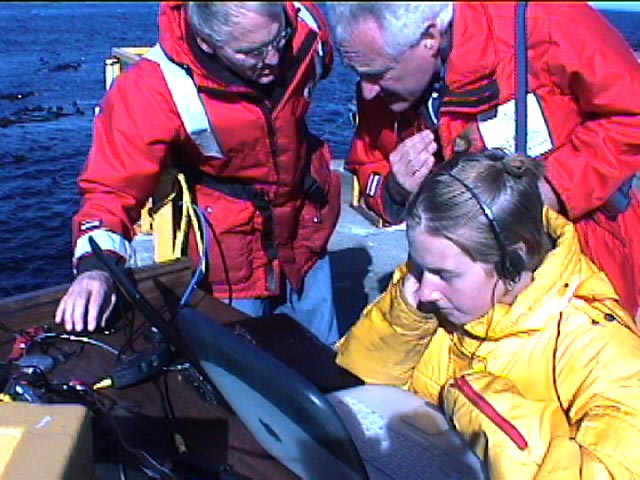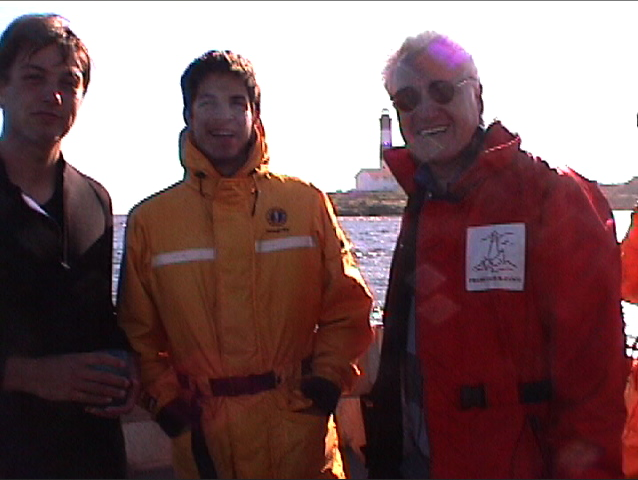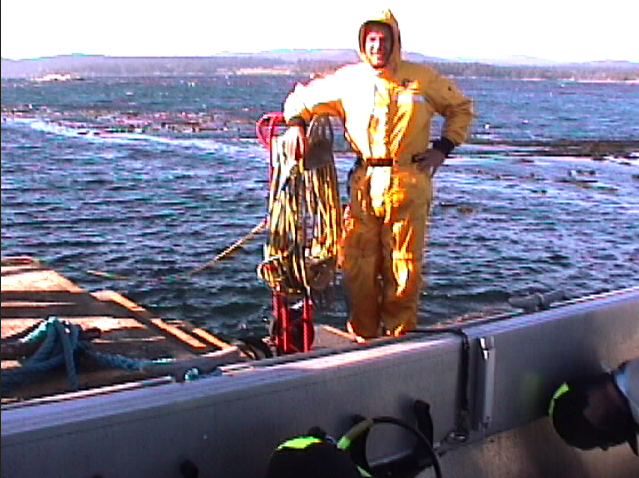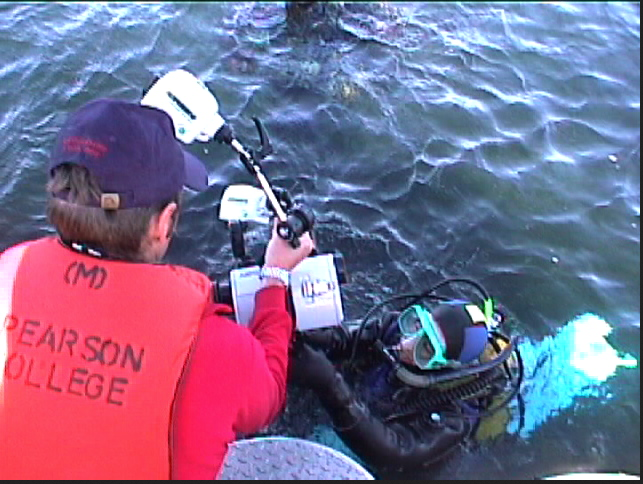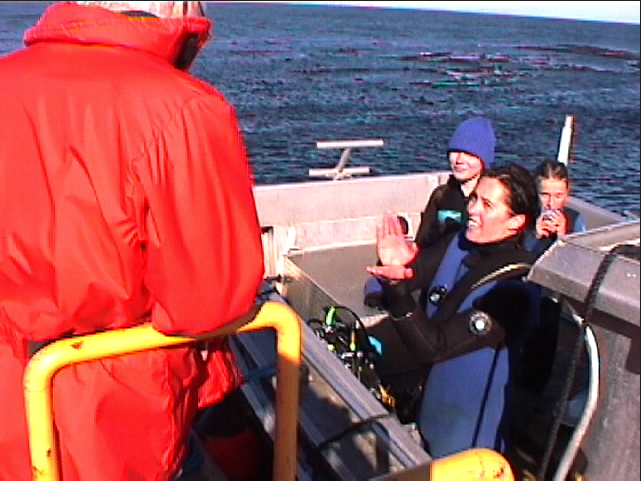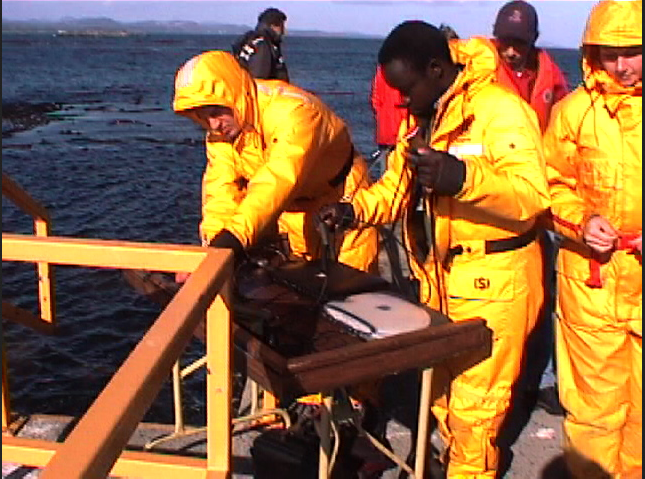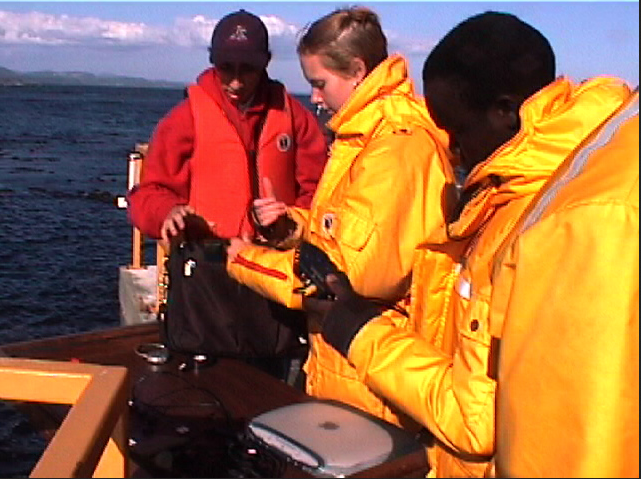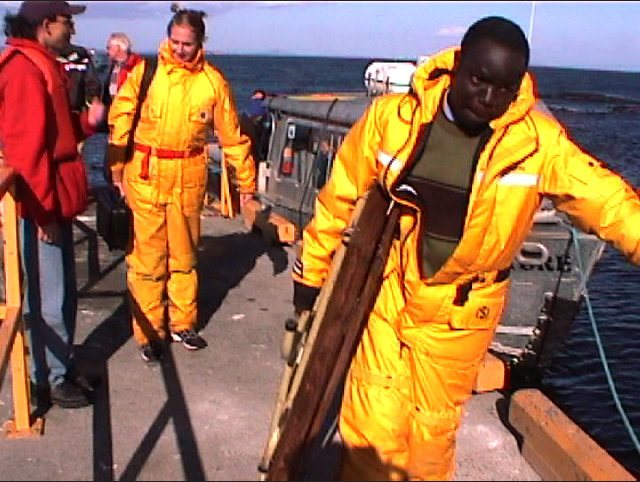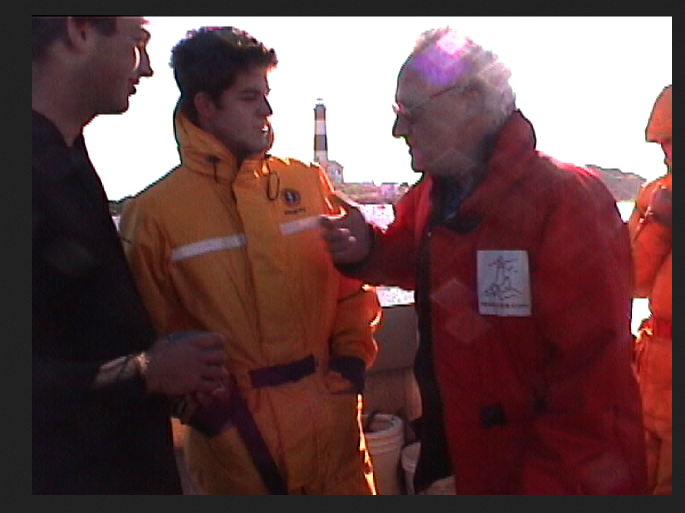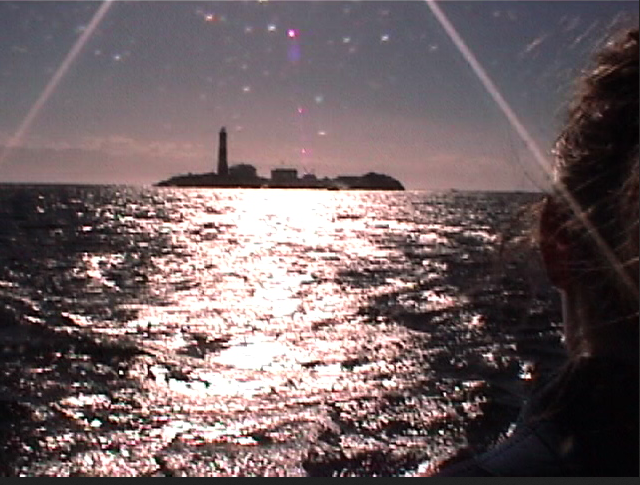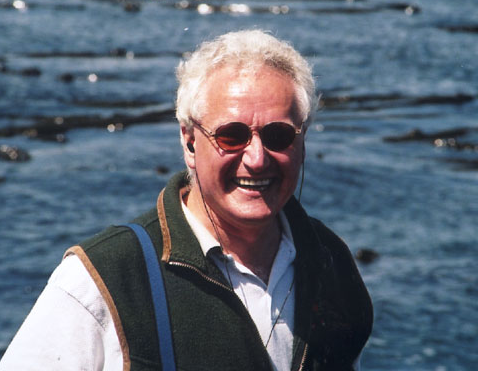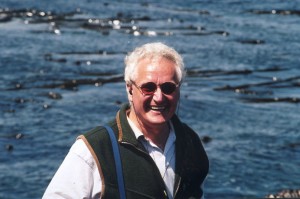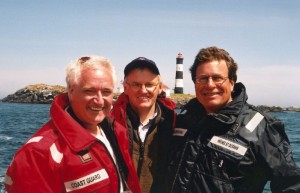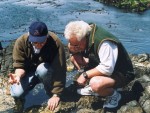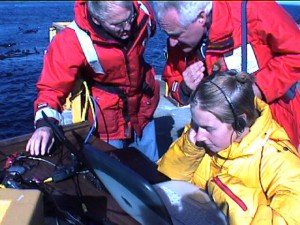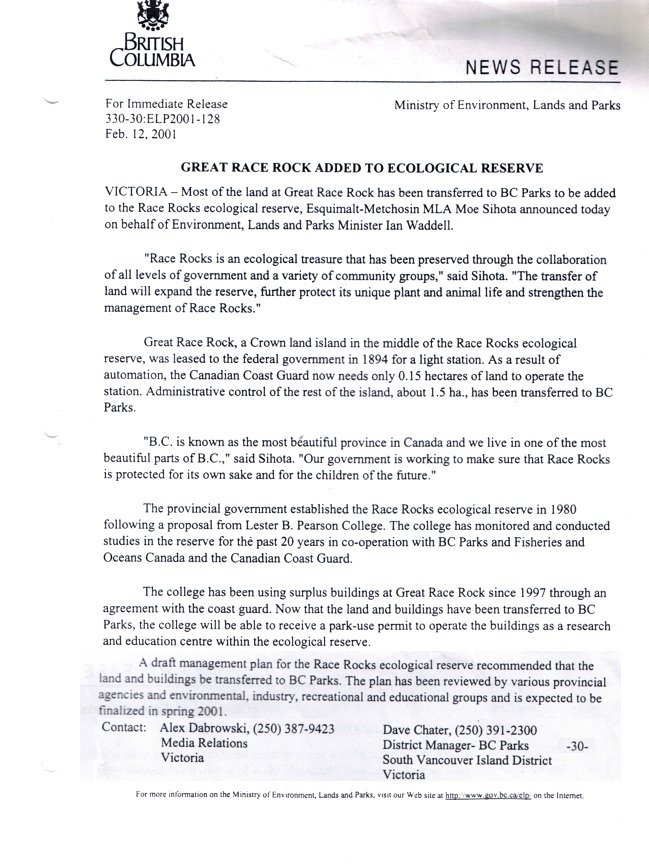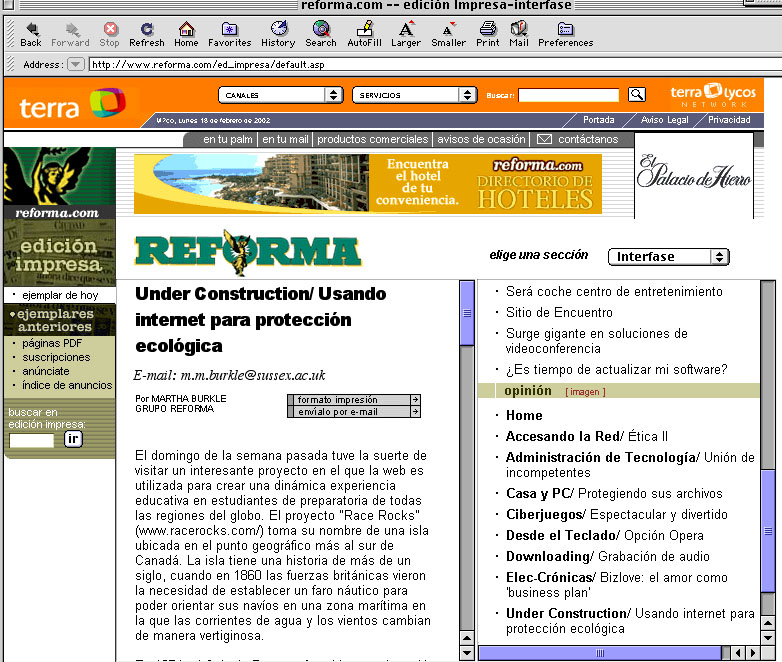 Usando internet para protección ecológica
Usando internet para protección ecológica
m.m.burkle@sussex.ac.uk
Por MARTHA BURKLE
GRUPO REFORMA
El domingo de la semana pasada tuve la suerte de visitar un interesante proyecto en el que la web es utilizada para crear una dinámica experiencia educativa en estudiantes de preparatoria de todas las regiones del globo. El proyecto “Race Rocks” (www.racerocks.ca/) toma su nombre de una isla ubicada en el punto geográfico más al sur de Canadá. La isla tiene una historia de más de un siglo, cuando en 1860 las fuerzas británicas vieron la necesidad de establecer un faro náutico para poder orientar sus navíos en una zona marítima en la que las corrientes de agua y los vientos cambian de manera vertiginosa.
En 1974, el Colegio Pearson fue abierto en la región de Victoria, Columbia Británica, como parte de un proyecto internacional llamado “United World Colleges” -Preparatorias Unidas del Mundo – (www.uwc.org/uwchome.html).
Fundado en 1962 con el soporte de la ONU, la misión del proyecto internacional es formar a jóvenes entre 16 y 19 años de edad, procedentes de todas las regiones del mundo, en los valores de responsabilidad, vida comunitaria, conciencia ecológica y en la promoción de los ideales de justicia, paz, comprensión y cooperación internacional. A nivel mundial existen solamente 10 colegios como este (dos en norteamérica, uno en sudamérica, tres en Europa, uno en Africa y tres más en Asia), y año con año, estudiantes de preparatoria buscan ser seleccionados entre los 100 mejores (cada colegio admite solamente a cien estudiantes por año), en el aspecto académico y de compromiso con la comunidad.
El proyecto de investigación de ‘racerocks.com’ nace prácticamente con la fundación del colegio de Pearson, al sur de Canadá. Diseñado para proveer contenidos y experiencias de investigación en los diversos programas educativos dentro del colegio, los profesores de Pearson College alimentan la página web con el propósito de motivar en sus estudiantes el interés por la vida marina en la isla.
Utilizando una interesante combinación entre tecnología de punta y cuadernos de notas, los creadores del proyecto (con el patrocinio de Apple y Sony) instalaron cámaras digitales en diversos puntos de la isla para la transmisión en vivo, 24 horas al día, de la actividad marina en la zona. Dos cámaras registran la ecología marina en las costas de la isla, una cámara transmite vida acuática en las profundidades del océano, y una más es utilizada para eventos especiales en vivo. Seguramente usted, querido/a lector, compartirá conmigo cierta fascinación al conocer este único lugar, si visita la web que le permitirá escuchar en vivo los diversos sonidos producidos por focas, leones marinos, elefantes marinos, gaviotas y demás habitantes de la región.
A pesar de ser una red tecnológica relativamente pequeña, la tecnología involucrada en el proyecto de Racerocks.com es bastante sofisticada. Prácticamente todos los aparatos que configuran la red pueden ser adquiridos en el mercado, pero lo que los hace únicos es la original visión que los integró. Ambos, el colegio y la isla, comparten una red local. La infraestructura de la red es provista de velocidad por switches y routers que utilizan módems rápidos para proveer video y audio. Como la isla en sí está ubicada a varios kilómetros de la costa del colegio, era importante que la red tuviera alta capacidad y lograr esto fue difícil. Al inicio del proyecto, tres eran las opciones más viables: el uso de una conexión vía satélite, la transmisión inalámbrica, o la fibra óptica marina.
El proceso de toma de decisión respecto a cual seria la tecnología más propia, tuvo que tomar en cuenta factores económicos y de conservación del medio ambiente. El uso del satélite apareció como una vía muy costosa y poco probable; por su parte, utilizar fibra óptica submarina, era costoso también y además presentaba algunos problemas técnicos y otros involucrados con la protección ecológica del área. Finalmente, la opción del uso de microondas apareció como la más viable.
Radios modelo “Tsunami” y equipos de construcción de la compañía de telecomunicaciones “Glen Tel” fueron adquiridos e instalados en la parte superior del faro náutico en la isla.
Esta mañana, y mientras escribo esta columna, Racerocks.com está transmitiendo en vivo imágenes submarinas desde la isla a un congreso que se lleva a cabo simultáneamente en California. Probablemente lo más interesante de estas imágenes es el hecho de que son los mismos estudiantes, chicos y chicas en edad adolescente, quienes se encuentran ahí, haciendo la transmisión debajo del agua. Los y las estudiantes involucrados en el proyecto, registran eficientemente los cambios ecológicos en la isla, y comparan sus datos con los obtenidos por previas generaciones en el siglo XIX y cuidan de los equipos electrónicos.
México tiene a dos de sus mejores estudiantes de preparatoria en el Colegio de Pearson. Fue emocionante platicar con ellos y ver su compromiso de trabajo y dedicación.
La autora es doctoranda en Políticas de Ciencia y Tecnología en la Universidad de Sussex, Inglaterra
Reprinted with permission of the author.

